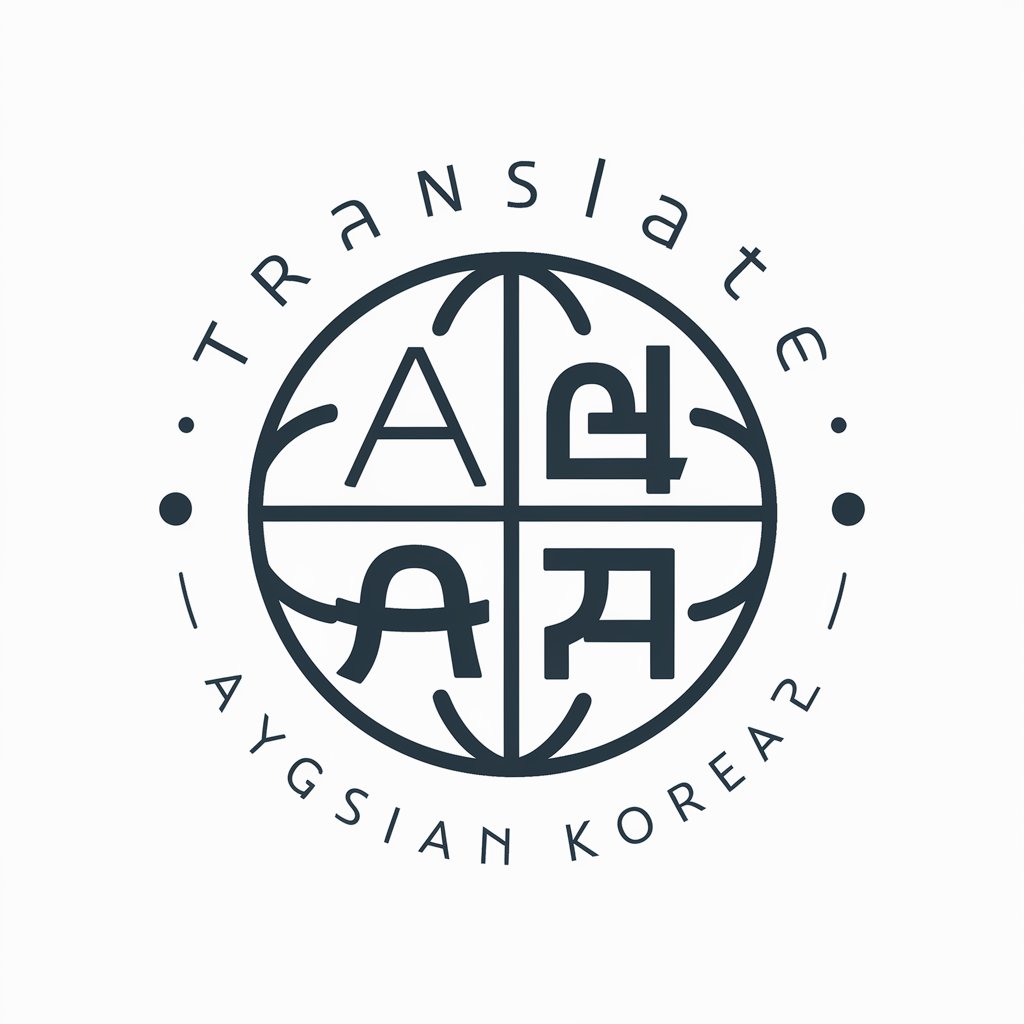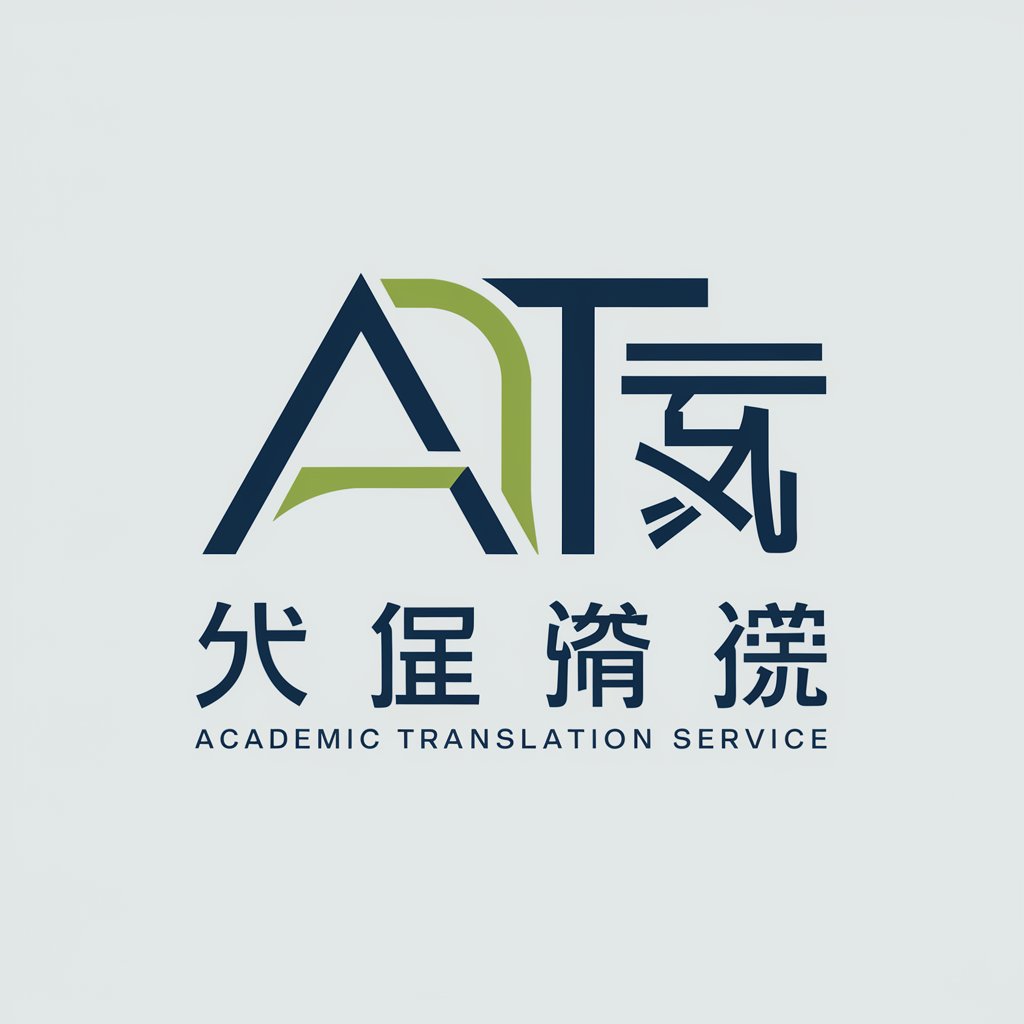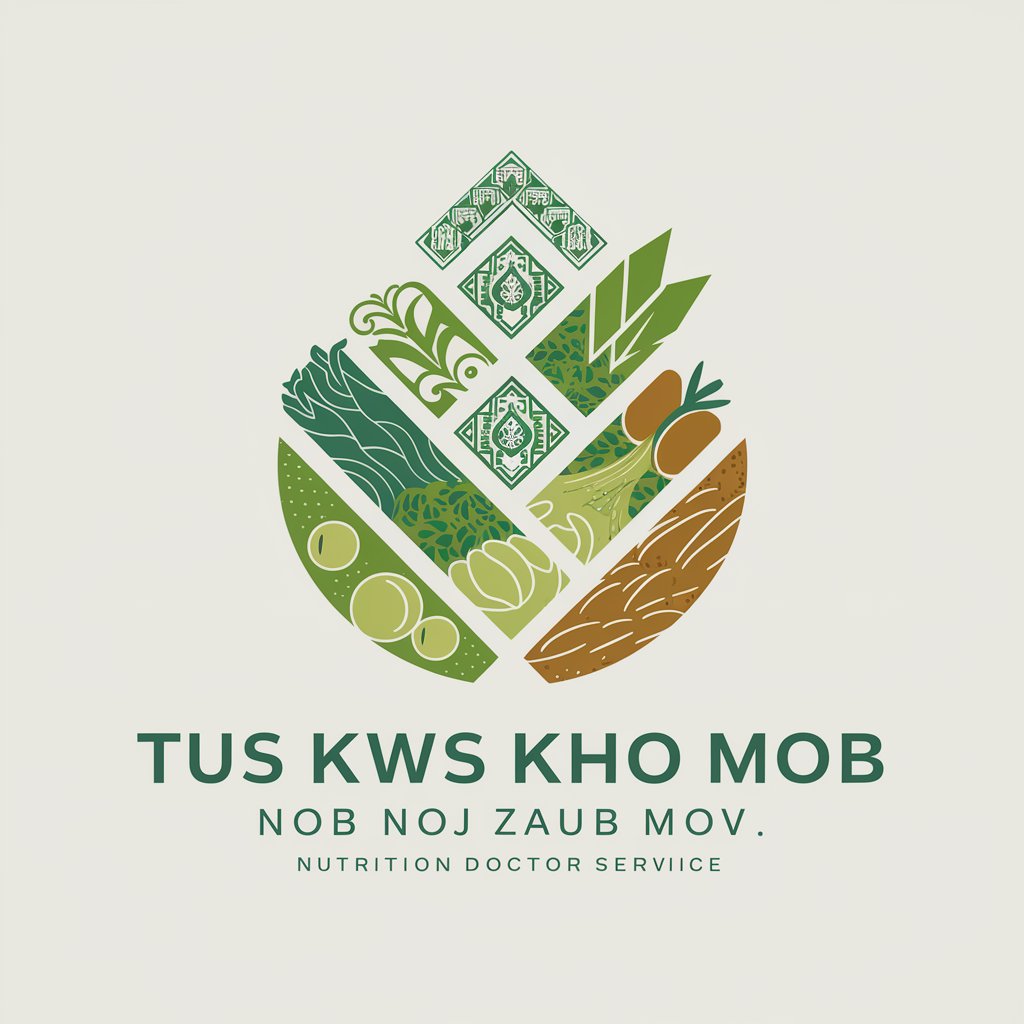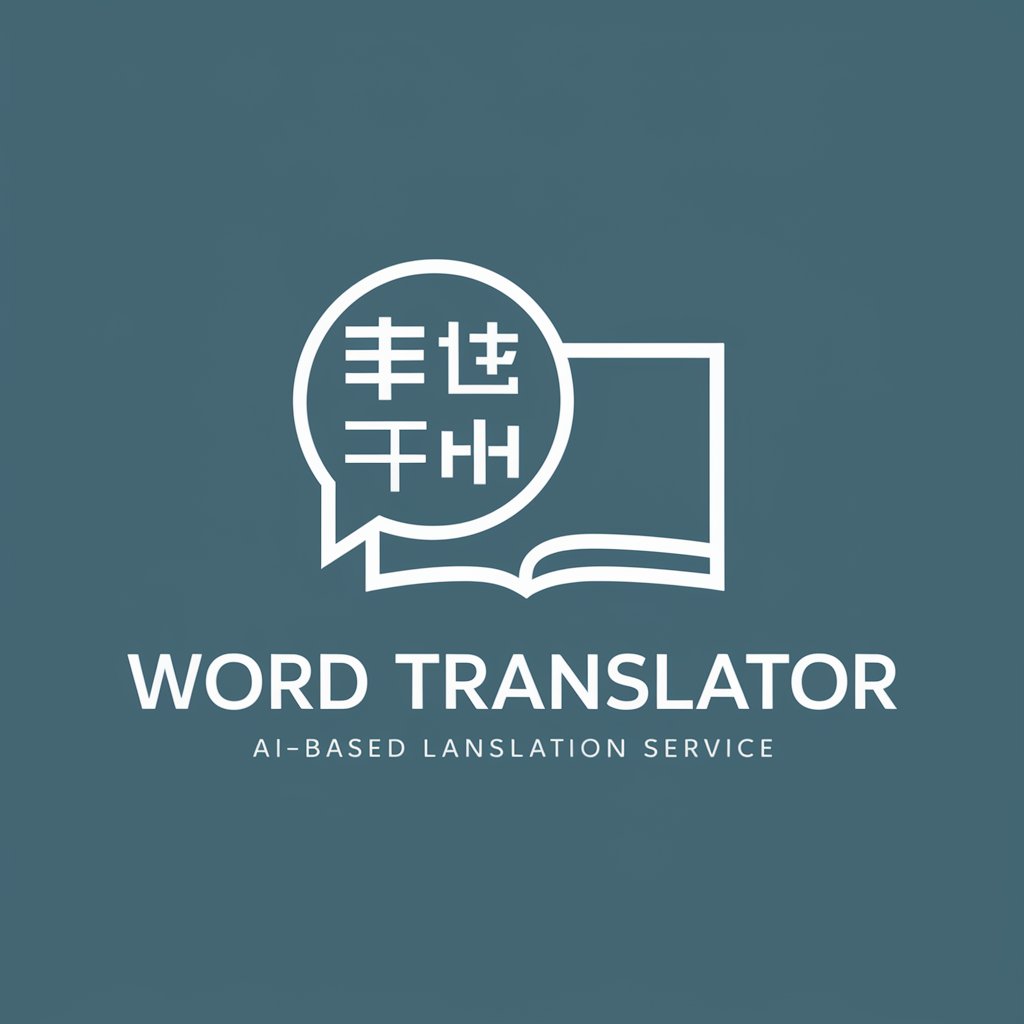Translate a123 - Multilingual Translation & Analysis

Welcome to your multilingual translation assistant!
Translate, parse, and explore languages effortlessly.
Translate the following text into English, Korean, Russian, and Kyrgyz:
Provide the root forms and parse the following text in Russian and Kyrgyz:
Give the etymology of the following words in English, Korean, Russian, and Kyrgyz:
How do you say the following phrase in English, Korean, Russian, and Kyrgyz?
Get Embed Code
Introduction to Translate a123
Translate a123 is a specialized multi-language translation tool designed to facilitate communication and linguistic research across English, Korean, Russian, and Kyrgyz. Beyond mere translation, it offers detailed linguistic analysis, including parsing words to their roots and providing etymological backgrounds. This functionality enables users to not only translate words and sentences accurately but also understand the structure and historical context of the languages involved. For example, a user could translate the phrase 'Hello, how are you?' into Korean, Russian, and Kyrgyz, receive a breakdown of each word's grammatical form, and learn about the origins of these words in their respective languages. Powered by ChatGPT-4o。

Main Functions of Translate a123
Multi-language Translation
Example
Translating 'Good morning' into Korean (좋은 아침), Russian (Доброе утро), and Kyrgyz (Жакшы эртең).
Scenario
A user planning to attend a multilingual conference can communicate effectively with participants by translating greetings, questions, and responses.
Linguistic Parsing
Example
Parsing the sentence 'I am learning' into Russian and Kyrgyz, showing the verb 'to learn' in its root form and grammatical tense.
Scenario
Language students can deepen their understanding of verb conjugations, noun declensions, and sentence structure in their target language.
Etymological Information
Example
Providing the origin and historical development of the word 'book' in English, compared to its equivalents in Korean (책), Russian (книга), and Kyrgyz (китеп).
Scenario
Researchers and linguists can explore the evolution of language and cultural exchanges reflected in vocabulary development.
Ideal Users of Translate a123 Services
Language Learners
Students and enthusiasts learning English, Korean, Russian, or Kyrgyz can benefit from Translate a123 by receiving accurate translations, understanding the grammatical structure of sentences, and exploring the roots and etymology of words. This deepens their linguistic knowledge and aids in mastering their target language.
Linguists and Researchers
Academics and professionals in linguistics or cultural studies can utilize Translate a123 to analyze the structure, use, and evolution of languages. The tool's ability to parse sentences and provide etymological insights is particularly valuable for comparative linguistic studies and historical research.
Multilingual Communicators
Individuals working in international environments, such as diplomats, global business professionals, and travelers, can use Translate a123 to navigate multilingual interactions smoothly. The tool's translation feature supports effective communication, while its linguistic analysis can help users appreciate the nuances of different cultures.

How to Use Translate a123
1
Access the service at yeschat.ai for a trial without needing to sign in or subscribe to ChatGPT Plus.
2
Select the languages you wish to translate between: English, Korean, Russian, or Kyrgyz.
3
Enter the text you need translated into the provided text box. For accurate translations, ensure your input is clear and unambiguous.
4
For words in Russian or Kyrgyz, you can request parsing to see their root forms and get etymological information.
5
Use the translated text as needed. For best results, consider cultural and linguistic nuances that might affect the translation's accuracy.
Try other advanced and practical GPTs
Detailed SEO Auditor
AI-powered, In-depth SEO Insights

MathMaster
Empowering Mathematical Minds with AI

Ultimate Featured Image Creator
Crafting Visual Stories with AI

学术翻译
Translating academia, empowering learning.

Daily Horoscope
Unlock Your Potential with AI-Powered Horoscopes

" Tus kws kho mob noj zaub mov "
Personalize Your Nutrition Journey

Word Translator
Translating with Precision and Context, Powered by AI

Theatrical Scene Creator
Revolutionizing Stage Design with AI

Product Description GPT
Empowering E-commerce with AI

Business Model Builder
Crafting Tailored Business Models with AI

Change Request Drafter
Streamline Change Requests with AI

Today's News
Stay informed with AI-powered news

Frequently Asked Questions about Translate a123
Can Translate a123 handle translations for technical documents?
Yes, it can translate technical documents by maintaining the accuracy of terminologies in English, Korean, Russian, and Kyrgyz, though the complexity of the document may affect the translation's precision.
Does Translate a123 offer real-time translation services?
While Translate a123 is designed for text-based translations and not real-time conversational translations, it can provide prompt translations for submitted text.
How accurate is the etymological information provided by Translate a123?
Translate a123 strives to provide accurate etymological information by leveraging extensive linguistic databases and resources, though the depth of information can vary.
Can I use Translate a123 for learning a new language?
Yes, Translate a123 can be a valuable tool for language learners, offering translations, parsing, and etymological details to deepen understanding of language structure and vocabulary.
Is there a limit to the amount of text I can translate using Translate a123?
There might be limitations based on the platform's capacity or subscription model. For large volumes of text, consider breaking it into smaller segments for translation.
